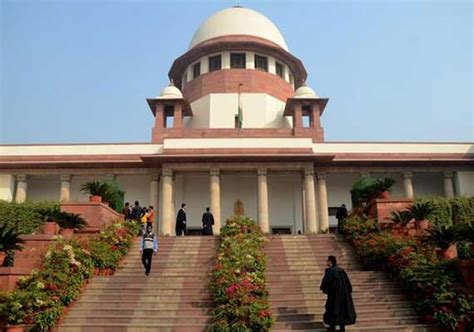Analysis
Should Courts have Suo Moto Powers?
Courts often exercise their suo moto jurisdiction by taking up matters based on media reports or act on letters written to them.

In 1979, a widow wrote a letter to the editor of a newspaper complaining that she had not been paid the pension due to her after her husband’s death. Without the ‘formalities’ of a petition being filed, a judge of the Gujarat High Court, M.P. Thakker called upon the Regional Provident Fund Commissioner to provide an explanation. After just one hearing, the pension was paid.
This was among the first instances where an Indian court exercised suo moto powers. Articles 32 and 226 confer the Supreme Court (SC) and High Courts (HC) wide constitutional and public law powers. These powers have been interpreted to take up cases of their own volition – without any petition being formally filed. Suo moto powers have historically developed contemporaneously with public interest litigation, where procedural requirements were relaxed in the interest of justice.
Courts often take up matters based on media reports or act on letters written to them. For example, in Sunil Batra v Delhi Administration (1980), the Supreme Court took up the matter based on a letter written to a judge about the torture of prisoners and violations of prisoners’ fundamental rights. Suo moto powers have also been widely used to tackle environmental issues, including air pollution in Delhi and the remediation of polluted rivers.
Since 1990, the SC has heard nearly 50 suo moto cases, often dealing with human rights and government policy. Several cases have been criticised for allowing the courts to undertake ‘heroic interventions’ that often infringe upon the powers of the legislature and the executive.
Others point out that the media support and public applause received by suo moto petitions encourages activist judges to focus on the ‘immediacy and effectiveness’ of providing a solution, without carefully considering the views of parties involved leading to rule of law concerns.
Earlier this year, the HC and SC used their suo moto powers to hear COVID related issues, such as access to essential supplies. The SC COVID related orders effectively compelled the Union to draft a policy, and change their crisis management method. Judicial intervention in this instance was largely welcomed, in light of executive inaction, perceived or otherwise.
Now, the debate has shifted to whether statutory tribunals have suo moto powers, as the Supreme Court is considering whether the National Green Tribunal has such powers.
